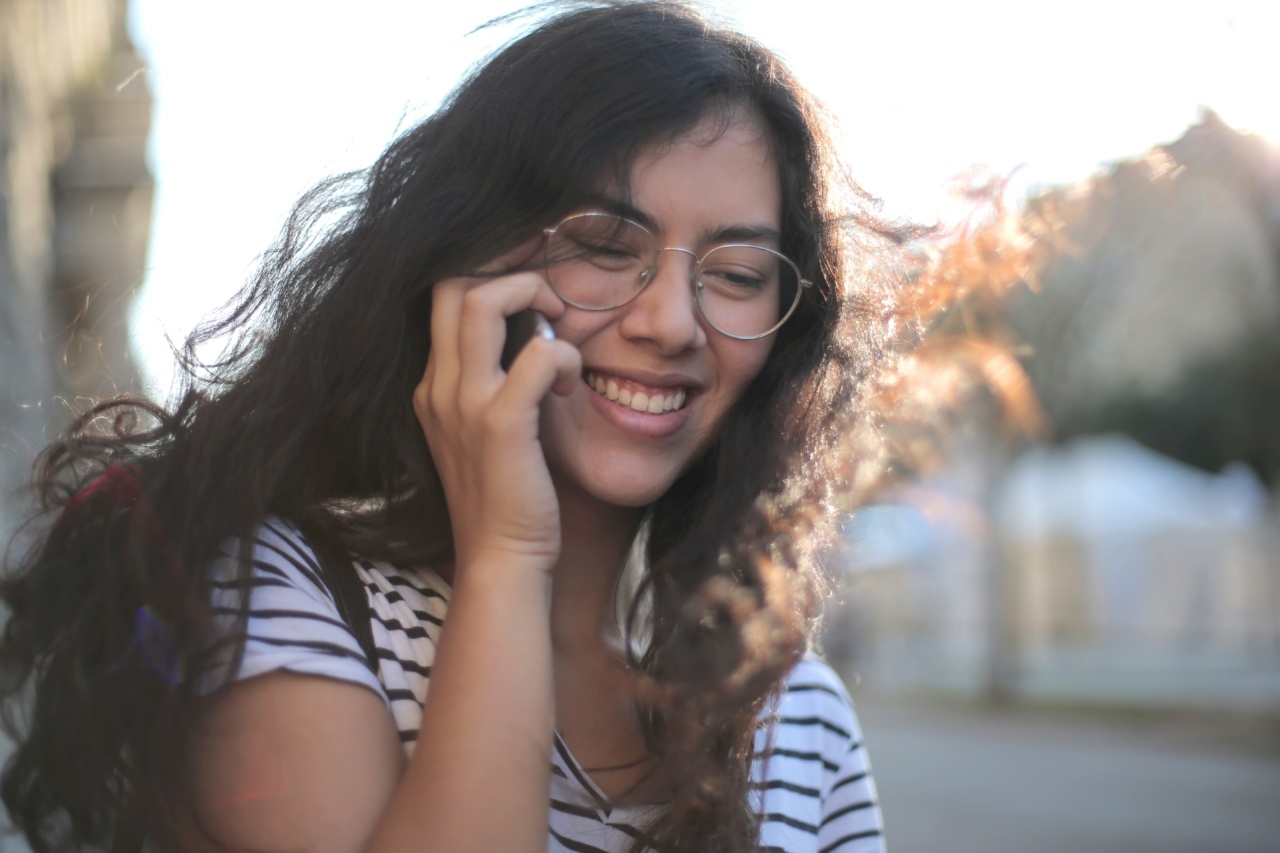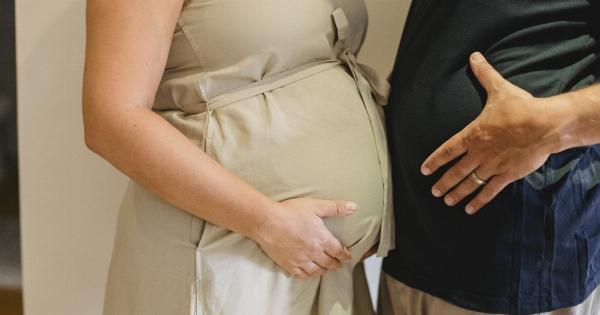One common concern among expectant mothers is whether it is safe to use hair dye during pregnancy. With so many conflicting opinions and information available, it can be challenging to determine what is best for both the mother and the unborn baby.
In this article, we will delve into this topic and shed light on the possible risks associated with hair dye use during pregnancy.
The potential risks of using hair dye while pregnant
Many hair dyes contain a variety of chemicals, some of which may be potentially harmful if they penetrate the skin and enter the bloodstream.
The main concern revolves around the chemicals called aromatic amines, which are often found in permanent hair dyes. These compounds have been linked to certain health issues, including an increased risk of cancer.
However, it is important to note that the studies linking hair dye use to adverse pregnancy outcomes or birth defects are limited and inconclusive.
The majority of research available has been conducted on animals or in vitro, making it difficult to draw definitive conclusions about the effects on human fetuses.
What do the experts say?
Various health organizations and experts have weighed in on the safety of using hair dye during pregnancy.
The American College of Obstetricians and Gynecologists (ACOG) states that hair treatments, including dyeing, perming, or straightening, are unlikely to harm the developing fetus because only a small amount of the chemicals are absorbed into the skin.
Furthermore, the ACOG recommends taking certain precautions to minimize potential risks. It suggests avoiding hair treatments during the first trimester, which is a critical period of fetal development.
Additionally, it advises using hair dye in a well-ventilated area to reduce exposure to fumes and ensuring that the dye does not come into contact with the scalp.
Natural and alternative options for pregnant women
If expectant mothers are uncertain about using conventional hair dyes, there are alternative options available. Many brands offer natural and organic hair dyes that are free of ammonia, parabens, and other potentially harmful chemicals.
These products use natural ingredients, such as henna or vegetable-based dyes, to provide color without the potential risks associated with conventional hair dyes.
Another option is to embrace temporary hair dyes or hair chalks, as these products typically do not contain harsh chemicals and can be easily washed out after use.
Consulting with a healthcare provider
Every pregnancy is unique, and it is always advisable to consult with a healthcare provider before making any decisions regarding hair dye use or other beauty treatments.
They will be able to provide personalized advice based on the individual’s medical history, current condition, and any potential risks or concerns.
Additionally, pregnant women should inform their stylist about their pregnancy so that they can take appropriate measures, such as using protective gloves and applying the dye away from the scalp, to minimize any potential risks.
Tips for safe hair dye use during pregnancy
If a pregnant woman decides to use hair dye, following these tips can help minimize potential risks:.
- Wait until the second trimester to dye your hair, as this is a relatively safer period of pregnancy.
- Opt for natural and ammonia-free hair dyes.
- Perform a patch test before applying hair dye to check for any adverse reactions.
- Ensure the room is well-ventilated or consider dyeing your hair outside.
- Wear gloves to minimize skin contact with the hair dye.
- Avoid leaving the dye on for longer than necessary.
- Rinse the dye out thoroughly to remove any residue.
Conclusion
While the exact risks associated with using hair dye during pregnancy remain unclear, taking precautions and opting for safer alternatives can help ease concerns.
Consulting with a healthcare provider and following their advice is crucial in ensuring the safety and well-being of both the expectant mother and the unborn baby. Ultimately, the decision to use hair dye while pregnant should be based on personal comfort levels and individual circumstances.





























